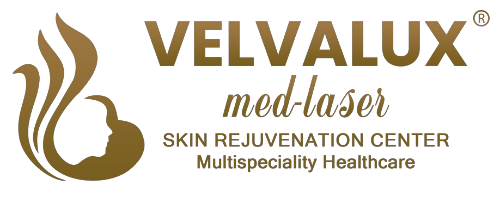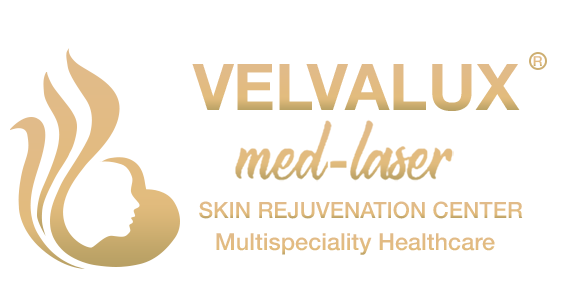Laser resurfacing is a procedure to remove the outer layers of skin from your face and encourage new skin to grow. Most people have it to make their skin look and feel better by reducing Wrinkles, scars and blotchy patches. If you have laser resurfacing, your doctor will direct an intense laser beam onto your skin. Get the laser treatment from Velva lux med- laser skin rejuvenation centre. This may be able to:
- reduce or remove fine wrinkles
- Tighten your skin
- even out the colour of blotchy patches of skin
- smooth rough skin
- make your scars look better – including shallow scars
Your surgeon can direct the laser on particular problem areas such as wrinkles around your eyes, mouth, or nose. Or they can treat your whole face. You can have laser resurfacing treatment on other areas too – for example, on the skin of your neck, chest, arms, and hands.
Types of laser resurfacing
Ablative and non-ablative lasers
There are two main types of laser resurfacing – ablative and non-ablative. This topic mainly describes ablative laser resurfacing. Get the laser treatment from Velva lux med- laser skin rejuvenation centre.
Ablative laser resurfacing removes the top layer of your skin (the epidermis). This exposes the deeper layer of your skin (the dermis). The heat from the laser makes your skin tissue tighten, which triggers new collagen fibres to grow. Collagen is a long fibrous protein that gives your skin its structure and strength. As the wound heals, you’ll form new skin that’s softer and less wrinkled or scarred than before.
Non-ablative laser resurfacing doesn’t remove the top layer of your skin. Instead, it heats up the dermis to encourage new skin to grow and trigger collagen growth. Non-ablative laser resurfacing has a gentler effect on your skin than ablative laser resurfacing but the results aren’t as noticeable.


